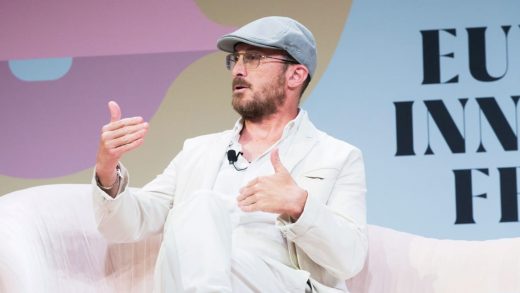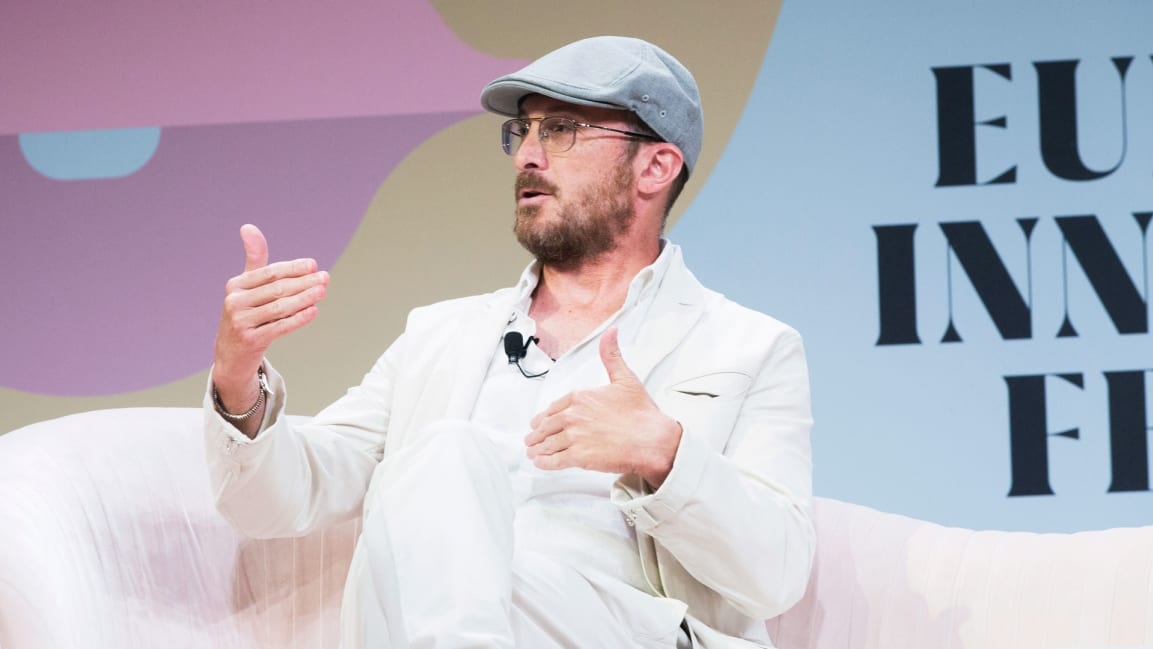How Darren Aronofsky and astronauts are taking on the environmental crisis
Darren Aronofsky very nearly became a biologist.
The filmmaker who directed Requiem for a Dream, Black Swan, and Mother spent his summers in high school volunteering at the New York Aquarium, which was close to his home in South Brooklyn. Speaking at Fast Company’s European Innovation Festival in Milan, he says that he was primarily drawn to the gig because it gave him free access to the cyclone roller coaster on Coney Island. But one summer on the job, he came across a catalogue for the School for Field Studies, which trains high school and college students to be environmentalists. He enrolled to become a field biologist in training. He went to Kenya to study water strategies and Prince William Sound to study seals.
He eventually went on to become a world-renowned producer and director, but over the past decade, he’s come back to his roots. “I can’t seem to work on any story that isn’t somehow connected to the environment,” Aronofsky says. “I think it is the story of our time.”
As a filmmaker, Aronofsky believes he has the opportunity—and the responsibility—to use his platform to drive others to work toward protecting the planet. And with the current technologies at our disposal, from drones to AI, he says we can now accurately represent the planet through film. In the documentary One Strange Rock, which he produced for the National Geographic channel in 2018, all of this technology is deployed to depict the majesty of the earth at 160 different locations, using six crews over three years. “We used technology to capture the most beautiful and extreme places on the planet,” he says. “The series was narrated by the only people who have seen the planet from above: astronauts.”
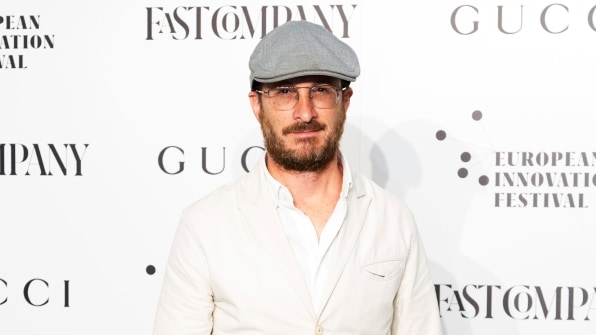
[Photo: Celine Grouard for Fast Company]
In the series, Aronofsky made the deliberate choice not to mention “climate change” or pollution by name, although these things are implied in the visuals. “There is so much in the marketplace that is pounding people (with these messages),” he says. “I thought that maybe by just admiring the clockwork and showing how beautiful this planet is, it would make people think, ‘Maybe let’s not destroy that.’”
Aronfsky says that even films that aren’t overtly environmentalist are designed to spur people to think about how their actions affect the planet. Take Noah, for instance, which is based on the biblical story. It describes how God looks on at man’s evil deeds and attempts to destroy the Earth with a flood. “I’ve been wanting to make this movie since I was a teenager,” Aronofsky says. “I thought there were a lot of connections to what is going on in this planet today. We need to take care of creation, and we’re not. We’re running into this apocalypse as well.”
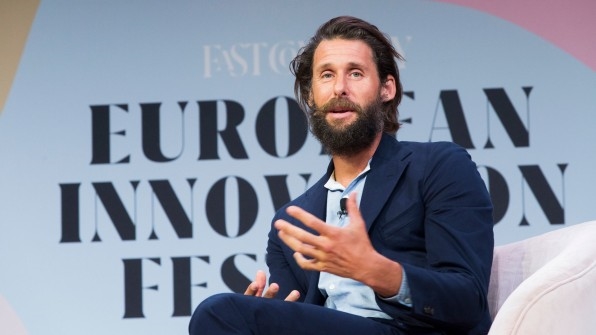
[Photo: Celine Grouard for Fast Company]
David de Rothschild, an environmentalist, agrees that the constant stream of negative stories about the planet is not very effective at spurring action. “As environmentalists, we’re undertakers of the wilderness,” de Rothschild says. “We tell you all the bad news. And bad news creates fear. And fear often creates paralysis.”
But for him, one counterbalance to this is sharing stories of hope and improvement. Over the course of the past two decades, he’s been keen to use technology to address some of the problems we’ve created on the planet. For instance, he’s been keen to raise awareness about the Great Pacific Garbage Patch, a section of the ocean close to California where massive quantities of plastic trash has pooled in a giant heap. In 2010, he built Plastiki, a 60-foot catamaran built from 12,500 reclaimed plastic bottles using a brand-new recycling system that he and his team created. He sailed this boat from San Francisco to Sydney, where much of this trash exists, to draw attention to the problem but also signal a solution in the form of the boat itself, which was effectively made out of this trash.
de Rothschild believes we can continue to do more of this kind of storytelling and problem-solving with the new technologies that keep emerging. “When you think about how much impact a drone could have on documenting the impact on our oceans,” he says. “It used to cost hundreds of thousands of dollars to get helicopters and rigs to capture images in a remote location, whereas now you can do it high-res for a few thousand dollars.”
In fact, all the technology we now have could be deployed to fix the environmental crisis and making the earth livable again. de Rothschild says that part of the frustration of being an environmental researcher or an environmentalist is that there doesn’t seem to be the will to fix the problems. “We have solutions to every problem we face today,” he says. “We could get off fossil fuels today. As much as we have AI and all these tools, we have to have empathy. At what point does humanity find its moral compass?”
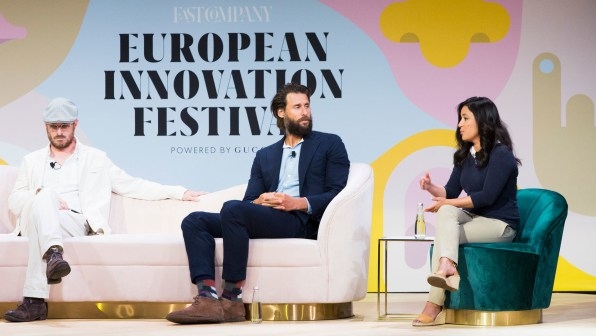
Africa Flores-Anderson, a scientist who works on a join initiative between NASA and the United States Agency for International Development, says that we need to strike a balance between offering the world optimism that we can save the planet with realism. As a researcher, she uses satellite data, AI, and machine learning to do forestry and water quality monitoring. And what she’s finding should terrify us. Entire water ecosystems are being destroyed by human pollution. “I think we have to be realistic about what is going on,” she says. “And we also need to learn how to appreciate this beauty that we may lose. We need to do both.”
Ultimately, understanding the extent of the damage to the planet is not enough. We need to act on it. “For the first time, we actually have the tools we need to get a portrait of the planet,” Aronofsky says. “We can see it on a moment-by-moment, day-by-day basis. What’s missing is a plan for the planet. The hope of all of these new tools is that they will allow us to take all of this data and very quickly create a design system that will say, this is what a balanced ecosystem with eight billion people may look like.”
(23)

